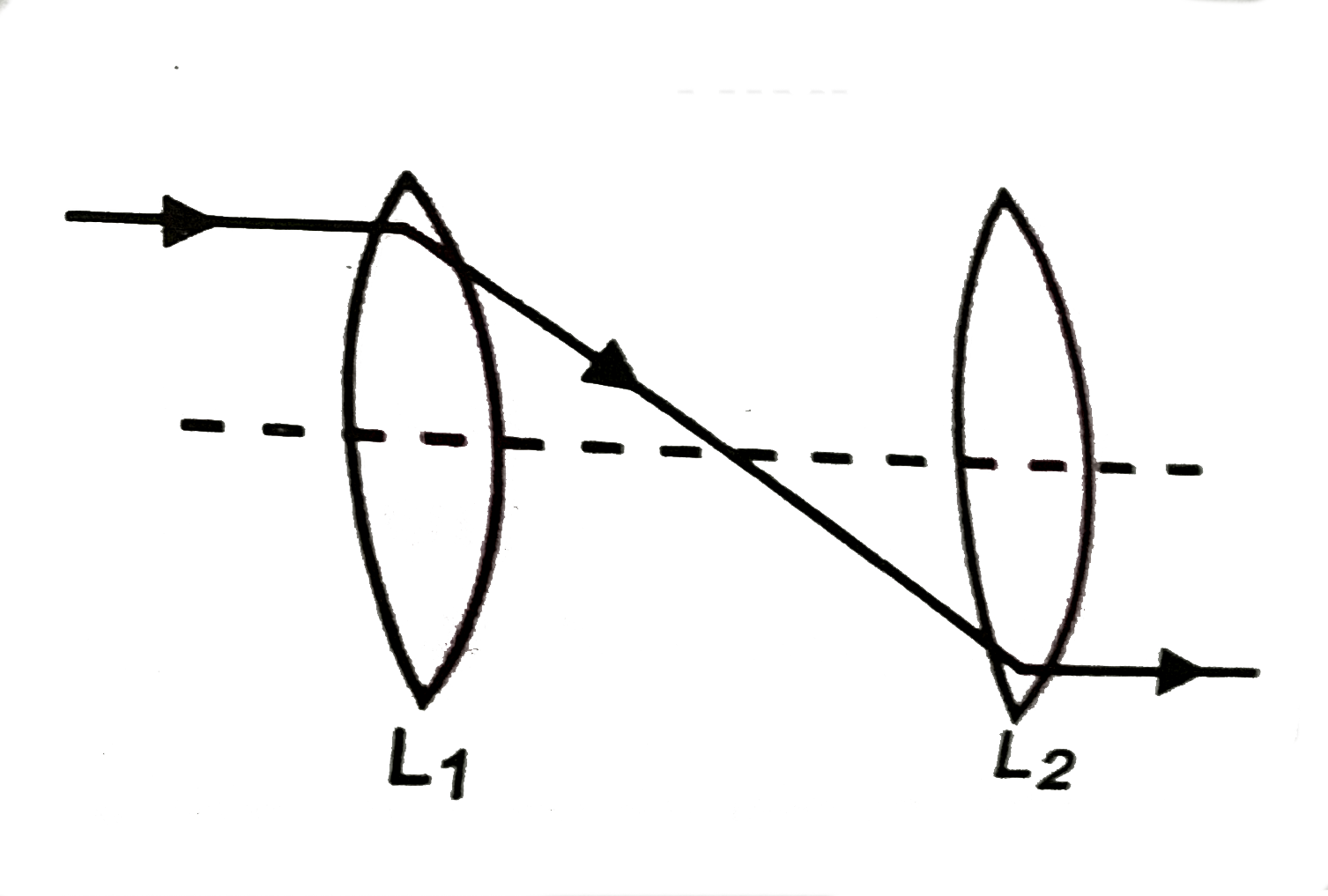l1andl2 are the side lengths of two variable squares S1,andS2, respectively. If l1+l32+6 then rate of change of the area of S2, with respect to rate of change of the area of S1 when l2=1 is equal to
Step by step video & image solution for l_1 and l_2 are the side lengths of two variable squares S_1, and S_2, respectively. If l_1+l_2^3+6 then rate of change of the area of S_2, with respect to rate of change of the area of S_1 when l_2 = 1 is equal to by Maths experts to help you in doubts & scoring excellent marks in Class 12 exams.
Similar Questions
l1andl2 are the side lengths of two variable squares S1,andS2, respectively. If l1=l2+l32+6 then rate of change of the area of S2, with respect to rate of change of the area of S1 when l2=1 is equal to
View Solutionl1andl2 are the side lengths of two variable squares S1,andS2, respectively. If l1+l32+6 then rate of change of the area of S2, with respect to rate of change of the area of S1 when l2=1 is equal to
View Solution
Knowledge Check
- Question 1 - Select One
In Fig., there are two convex lenses L1andL2 having focal lengths F1 and F2 respectively. The distance between L1 and L2 will be :
 .AF1BF2CF1+f2DF1−F2
.AF1BF2CF1+f2DF1−F2 - Question 2 - Select One
In the figure given below there are two convex lenses L1 and L2 having focal lengths F1 and F2 respectively. The distance between L1 and L2 will be
 AF1BF2CF1+F2DF1−F2
AF1BF2CF1+F2DF1−F2 - Question 3 - Select One
Two rods, one of aluminium and the other made of steel, having initial length l1andl2 are connected together to from a single rod of length l1+l2. The coefficients of linear expansion for aluminium and steel are αaandαs and respectively. If the length of each rod increases by the same amount when their temperature are raised by t0C, then find the ratio l1/(l1+l2)
A(αs)/(αa)B(αa)/(αs)C(αs)/((αa)/(αs))D(αa)/((αa)/(αs))
The length of a rectangle is increased by 10% while its breadth is decreased by 10%. What is the consequent percentage change in the area of the rectangle?
View SolutionTwo rods, one of aluminium and the other made of steel, having initial length l1andl2 are connected together to from a single rod of length l1+l2. The coefficients of linear expansion for aluminium and steel are αaandαs and respectively. If the length of each rod increases by the same amount when their temperature are raised by t0C, then find the ratio l1/(l1+l2)
View SolutionTwo rods, one of aluminium and the other made of steel, having initial length l1andl2 are connected together to from a single rod of length l1+l2. The coefficients of linear expansion for aluminium and steel are αaandαs and respectively. If the length of each rod increases by the same amount when their temperature are raised by t0C, then find the ratio l1/(l1+l2)
View SolutionTwo rods, one of aluminium and the other made of steel, having initial length l1andl2 are connected together to from a single rod of length l1+l2. The coefficients of linear expansion for aluminium and steel are αaandαs and respectively. If the length of each rod increases by the same amount when their temperature are raised by t0C, then find the ratio l1/(l1+l2)
View SolutionTwo circle S1andS2 with centre C1&C2 intersect at X&Y. Secants L1&L2 are drawn to S1&S2 to intersect atX1,Y1andX2,Y2 rwspectively. If L1&L2 intersect at Z in exterior ragions of S1andS2 and ZX1ZY1=ZX2ZY2, then
View Solution
